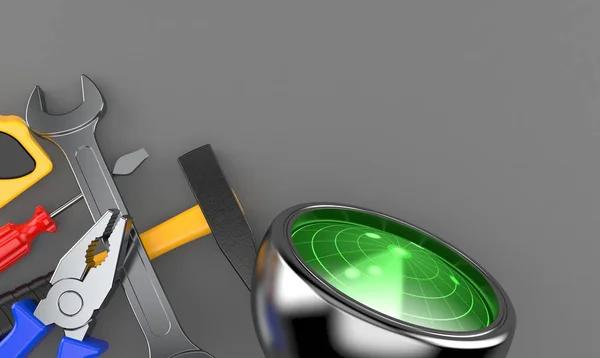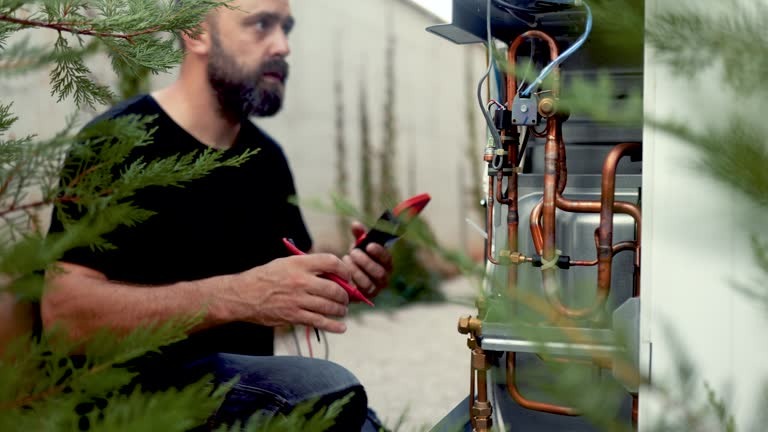
Proper maintenance of riser tools plays a crucial role in extending the lifespan of equipment used in various industrial applications, particularly in offshore drilling and subsea operations. Riser tools are subjected to harsh environments, including high pressure, corrosive substances, and mechanical stress. Without regular upkeep, these conditions can accelerate wear and tear, leading to premature failure and costly downtime. Implementing a systematic maintenance regimen not only preserves the functionality of riser tools but also enhances overall operational safety.
One fundamental aspect of maintaining riser tools involves routine inspection. Visual checks for signs of corrosion, cracks, or deformation help identify potential problems before they escalate. Using non-destructive testing methods such as ultrasonic or magnetic particle inspection can reveal internal flaws that are not visible on find the answers surface. Early detection allows technicians to address minor issues promptly, preventing major breakdowns that might compromise both equipment integrity and worker safety.
Cleaning is another vital component of riser tool maintenance. Accumulated debris, mud, or salt deposits can interfere with moving parts or cause abrasive damage over time. Proper cleaning procedures include using compatible solvents and brushes designed specifically for the materials involved to avoid causing additional harm during the process. Ensuring all components are thoroughly dried after cleaning prevents moisture-related corrosion from developing within sensitive areas.
Lubrication significantly contributes to reducing friction between moving parts within riser tools. Applying suitable lubricants at recommended intervals helps maintain smooth operation while minimizing metal-to-metal contact that leads to wear. Selecting lubricants resistant to extreme temperatures and pressures encountered in subsea environments ensures consistent performance under demanding conditions.
Calibration and functional testing should be integrated into the maintenance schedule as well. Verifying that sensors, valves, seals, and other critical elements operate correctly guarantees reliable tool performance during deployment. Any deviations detected during testing warrant immediate corrective action through repair or replacement of faulty components.
Documentation plays an essential role by recording all maintenance activities performed on each riser tool unit over its lifecycle. Detailed logs facilitate tracking trends related to failures or recurring defects which inform future improvements in design or handling procedures.





